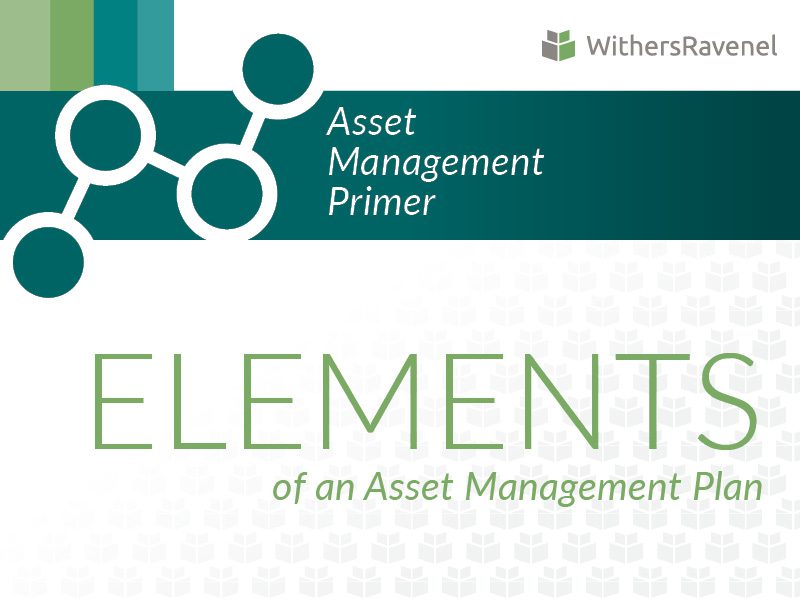
An asset management plan (AMP) contains six major elements:
- Asset register
- Risk matrix
- Condition assessment
- Level of service determination
- Decision matrix
- Financial planning with a funding strategy
Asset Register
An asset register is a georeferenced list of all assets in a utility system accompanied by all pertinent attributes, such as their type, manufacturer, age, material, diameter, length, and location. In the case of plants or other vertical assets, it can be a dashboard or list that represents the various primary components of the system.
Risk Matrix
A risk matrix is a tool for determining the degree of risk a situation or action posesin this case, how risky an asset’s condition is to people, property, and the environment.
A risk matrix has two axes: Likelihood of Failure (LoF) and Consequence of Failure (CoF).
- LoF includes variables such as asset age, material, velocity, and past work orders.
- CoF includes variables such as the presence and significance of public spaces, traffic, medical and educational facilities, and environmental impact.
The risk matrix assigns numerical values to both the LoF and CoF, and then multiplies them together to provide a final score, called criticality. Assets can then be ranked based on their criticality.
Condition Assessment
A condition assessment is the total value of the calculated likelihood of failure (LOF). As described above, the key performance indicators will vary based on asset type and available data.
Level of Service Determination
A level of service determination is tied to the physical performance of assets and can be defined via customer expectation and satisfaction.
Decision Matrix
A decision matrix is a tool for prioritizing projects based on an array of criteria weighted to reflect what the decision-maker deems most important. Typical criteria used to assess utility projects include cost, alignment with other projects, operational impacts, public inconvenience, and risk.
Each asset receives a score for each criterion, multiplied by its weight and then added together to provide a final score, called a priority rating. Projects can then be grouped and ranked based on their priority rating, which is the foundation of a capital improvement plan.
Financial Planning with a Funding Strategy
Financial planning with a funding strategy pairs the results of the steps above with a methodology to assure the improvements can be attained financially. It outlines various steps required to achieve the level of service determined.
Jump to Other Posts in This Series
- Introduction
- Importance of an Asset Management Plan
- Creating an Asset Management Plan
- Funding an Asset Management Plan
About Asset Management Planning at WithersRavenel
Asset management planning at WithersRavenel is provided by our Funding & Asset Management team, who focus on creating, managing, and funding utility systems as well as other kinds of projects. For more information or to start your asset management project, contact Funding & Asset Management Director Seth Robertson today.
